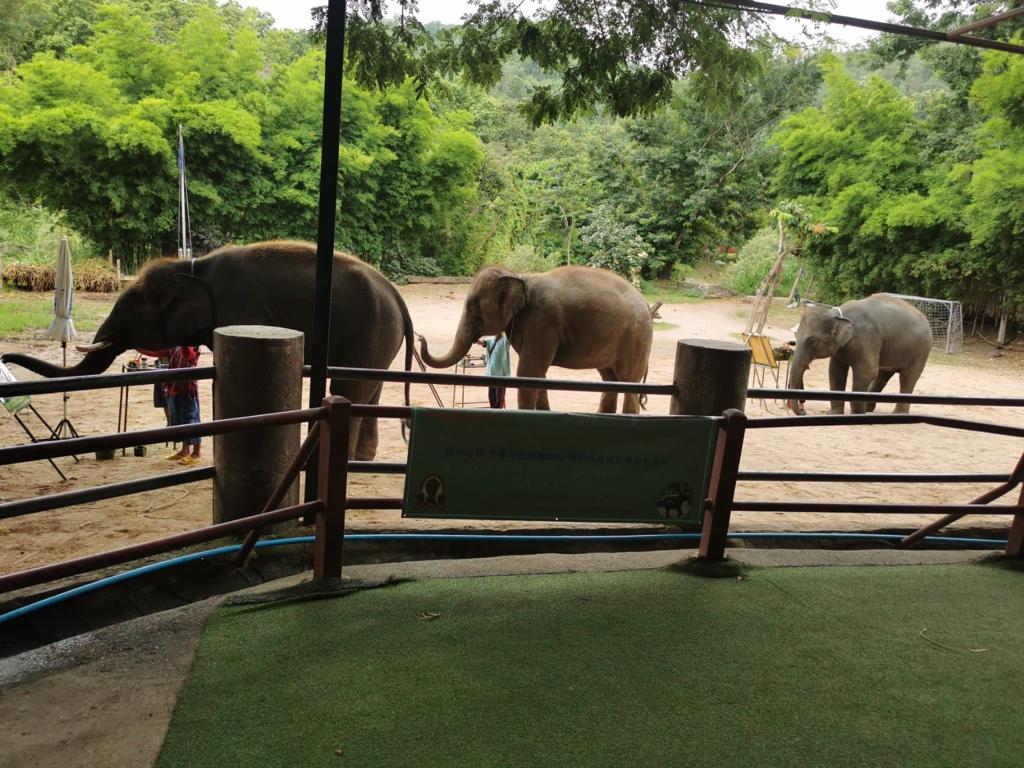By Faten Omar
KUWAIT: Summer is the season of travel in Kuwait, and people are increasingly embarking on journeys to uncharted territories and unfamiliar destinations in search of unique experiences, driven by a curiosity to explore the unconventional and discover the extraordinary. Kuwait Times spoke with travelers in Kuwait to learn more about the interesting and unusual places they have discovered. Mimi Al-Addin told Kuwait Times about her once-in-a-lifetime experiences in Greece in an area called Kalavryta, where a massacre happened. “In 1943, it was a tragic day for a small Greek village called Kalavryta.
During World War II, the German army decided to kill all the males (men and children) of the village. As for the women and girls, they were gathered in a school to be burned alive,” she said, adding 13 men survived because they hid under the corpses, and helped revive the village. “Imagine a village where most of its houses are abandoned and you find a yard filled with the bodies of its inhabitants. All the bodies were buried in the same place where they were killed, and it is truly an indescribable feeling when you stand in the place of their extermination, which is at the same time a mass grave.



There is a large memorial with the names of all the 693 victims who died. The village is full of life now,” she said. Addin said there is an ancient Caucasian village in Azerbaijan called Xinaliq, which is considered the highest, remotest and most isolated village in the country, noting that being there is like time traveling back to the ‘40s. “They are far from technology and still use Soviet-era trucks. I had lunch with a local family there — lentil soup and dolma, and tea served with cherry jam,” she said.
Meanwhile, Mohammed Kadry said most people of Kuwait visit Thailand’s well-known places, but not many know about the city of Chiang Mai, which is located 600 km from Bangkok and one of the highest points in Thailand. Kadry went to Chiang Mai by train with his wife, which took 10 hours. “The train was neat and clean. They have closed sections for families and the train station was very organized.” Regarding the city, he said: “The area is old and historical. We rented a car, and although the area is not as famous as some areas in Thailand, it is a very beautiful place full of tea plantations and mountains. We booked a room in a hotel on a high mountain with an awesome and beautiful view, which only cost KD 10 per day including two meals and a private pool.”



“We saw a mix of traditional views of farmers and modern restaurants and cafes. There is a diversity of Thai food and halal food. The city is full of elephants and considered a symbol of the city. There is a medical center dedicated to elephants and they take care of them in terms of food and healthcare. Many residents sell fresh fruits directly from farms. Simple, ordinary life is everywhere. There is a wonderful waterfall with amazing sunrises and a free museum about the history of the area?. There are many events such as boxing matches, shooting ranges and river cruises. On Saturday and Sunday, there is a market dedicated to handcrafted wooden products,” Kadry said.
Abdallah Mahmoud spoke about his spiritual trip to Nepal. “I traveled to Nepal in July — it was fun and filled with many adventures. This country is well-known for travelers to explore the Himalayas and Mt Everest, which are very hard and too far to reach,” he said. “My experience started in the capital Kathmandu, where people were very nice. They have a place where they burn their dead, place the ashes in an urn and submerge it in water. Also, they use singing bowls for meditation and healing,” he said.
 Hong Kong Bannar.jpg)









